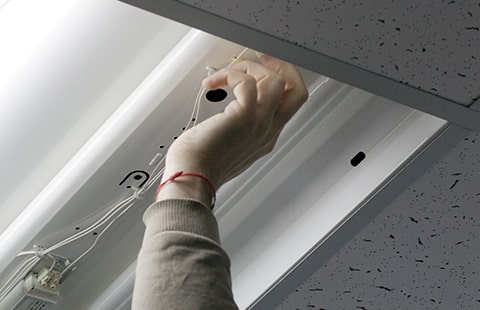Get unique, complex parts easily. No matter your requirements, Chaoyi Spring creates hard-to-produce coil springs and wire forms.
Let us help you create the custom wire form you need, from S-hooks and J-hooks to utility hooks and more.
We work closely with customers across a wide range of industries, helping them design and manufacture made-to-order parts.
Why choose Chaoyi Spring? We prioritize customer-focused collaboration, modern equipment and the latest technology to make your parts per print.
Find the information and guidance you need, from measuring a spring to learning about materials, placing an order and much more.
Strut springs, also known as coil springs, are essential components in various mechanical systems, playing a crucial role in absorbing shocks and vibrations. Understanding strut spring compression is crucial for


Strut springs, also known as coil springs, are essential components in various mechanical systems, playing a crucial role in absorbing shocks and vibrations. Understanding strut spring compression is crucial for engineers, technicians, and anyone working with suspension systems. This article provides a comprehensive overview of strut spring compression, exploring its principles, factors affecting it, and practical applications.

Strut spring compression is the process of compressing a strut spring, which is a helical spring designed to absorb and store energy during compression. This compression occurs when a force is applied to the spring, causing it to shorten in length. The amount of compression is directly proportional to the applied force, following Hooke's Law.
The key concept behind strut spring compression is the spring rate, which represents the force required to compress the spring by a specific distance. A higher spring rate indicates a stiffer spring that requires more force to compress, while a lower spring rate indicates a softer spring that compresses easily.
Several factors influence the compression of a strut spring. These include:
Strut spring compression finds extensive applications in various fields, including:
Selecting the right strut spring for a specific application requires careful consideration of factors like spring rate, material, and dimensions. The desired compression characteristics and the operating environment must be taken into account. Consulting with a spring manufacturer or an engineer can help determine the optimal spring for the specific application.
It's crucial to handle strut springs with care and follow safety guidelines. Incorrect handling or exceeding the spring's compression limits can lead to damage or failure, posing safety risks. Always use appropriate equipment for compressing and handling springs and adhere to the manufacturer's recommendations.
Strut spring compression is a fundamental concept in mechanical engineering and design. Understanding the principles, factors affecting compression, and applications of strut springs is essential for anyone working with suspension systems, machinery, or other applications where shock absorption and controlled force are required. By carefully selecting the right strut spring and following safety guidelines, you can ensure optimal performance and longevity in your applications.
This comprehensive guide has explored the concepts of strut spring compression, highlighting the key factors influencing it and its diverse applications. By applying this knowledge, engineers and technicians can select and utilize strut springs effectively, ensuring optimal performance and safety in various industries.
Browse some of the custom wire forms and springs that we manufacture. Don’t see what you need? We specialize in made-to-order products that meet your application requirements.
Visit Our GalleryNeed a custom wire form or coil spring? We make it work. Fill out the contact form and a representative will respond within 1 business day. If you have a PDF or CAD file, you can submit to request a quote.